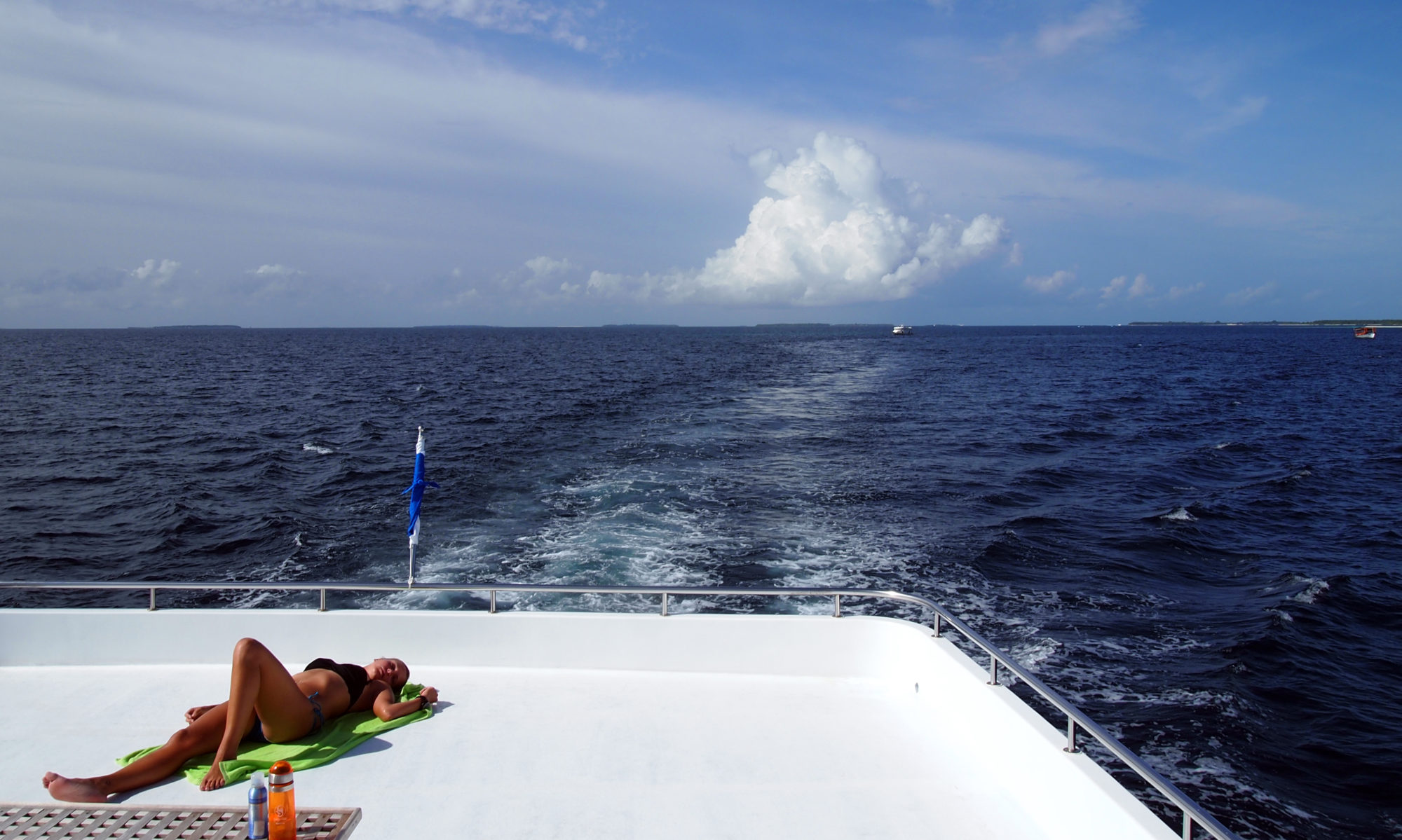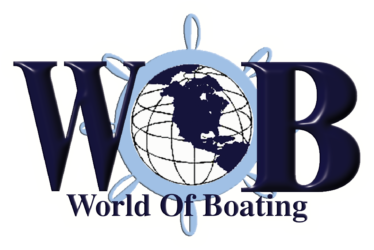Scallops
June 10th Governor Crist and the Florida Wildlife Commission issued an order that will expand the recreational scallop season along the Gulf Coast. The Bay Scallop season will now start on Saturday (July 19th) instead of July 1st and last either until oil closes the beds or September 10th, whichever comes first.
The season is open early from the Pasco-Hernando County line to Mexico Beach Canal in Bay county. That means that Gulf, Franklin, Wakulla, Jefferson, Taylor, Dixie, Levy, Citrus and Hernando counties (the real “armpit” area of FLA) will have two extra weeks at the start of the season.
Scallop “fishing” is unique. Commercial scallopmen use dredges. Sifting through tons of sand to get the scallops. Most of that action happens off the coast of China. Over 80% of the world’s scallops come from China.
In Florida Scallop fishing is VERY different. You take a boat out to the scallop beds (not very far— only about a 15 minute boat trip), you snorkel in about 5 feet of water and conduct what Greg the First Mate calls “an underwater Easter egg hunt, catching them with your hands. When you get them back to the dock, the bivalve shells get cracked open, the big adductor muscle gets cut off one shell and then they use a shopvac to suck the scallop and any dirt or grit off leaving just the muscle and the shell. Then a quick flip and the muscle is cut off of the shell.
So to recap. The “scallop” which is the only shellfish my wife enjoys … is ONLY a muscle. NO guts or brains or anything else.
You will need a Florida Saltwater Fishing license. The limit is two gallons of whole scallops or a pint of meat.
Most sources claim that Scallop comes from the Old French “escalope” for shell. But just as a concept … is it possible that the “shells” the French described were scallop shells. The very distinctive shape of the scallop shell has been a part of decorations for millennia.
Scallops are active swimmers and are the only migratory bivalve that moves under its own locomotion. They exist in all of the world’s oceans.
They are also the only bivalves with eyes. They have both a lens and retina but are still rudimentary… being able to detect light and motion but not shapes.
Scallops have diverse sexuality. Many species are standard heterosexual pairs… several are true hermaphrodites creating both eggs and sperm and a few exhibit protoandrous hermaphrodition. They are males as young and become females later in their life cycle. Some species can live to be 20 years old.
Reproduction is disgusting. Ova and Sperm are released into the water at the same time eventually some eggs are fertilized, fall to the bottom attach to sea grasses and the sandy bottom. The larvae hatch and the float up and attach themselves to plankton.
Now check this… scallops are filter feeders who each plankton by siphoning food onto cilia within the shell that moves the food to its mouth. Food that often includes … scallop larvae.
Good Eats episode Shell Game IV gives two great and easy scallop recipes. Seared Scallops for 11/2 minutes each side in a skillet on high. Baked scallops on the half shell with a breading in a 450 degree oven for 8 -10 minutes.
Scallop production in the US is down. Two major factors are considered the likely culprit. A reduction in seagrass from dredging operations and coastal runoff from construction. Also the overfishing and killing of sharks. The sharks keep the ray populations in check. Without the sharks… the rays can eat to their hearts content.
Like this:
Like Loading...

